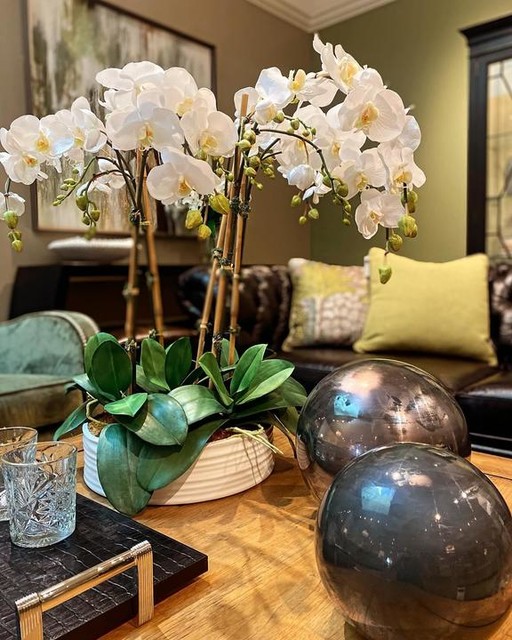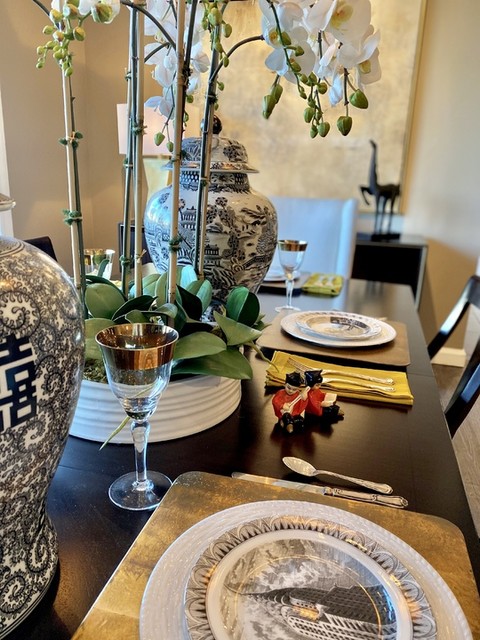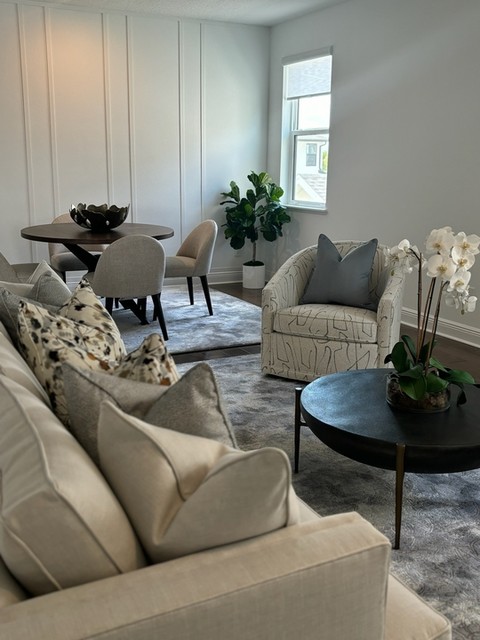The Unsung Heroes of Serenity: Fake Plants?

The Unsung Heroes of Serenity: Unpacking the Mental Benefits of Fake Plants
In an increasingly busy world, our homes have become crucial sanctuaries, and the desire to infuse them with tranquility is stronger than ever. While the allure of live plants and their well-documented benefits for mental well-being are undeniable, their faux counterparts often get a bad rap. However, it’s time to shine a spotlight on the unsung heroes of interior decor: fake plants. Far from being mere dust collectors, these artificial botanicals offer a surprising array of mental health advantages that can significantly contribute to a more peaceful and pleasant home environment.

One of the most immediate and impactful benefits of fake plants is their ability to introduce a sense of nature indoors without the demands of upkeep. For many, the idea of nurturing a live plant can be daunting, adding another item to an already overflowing to-do list. The pressure of proper watering, lighting, and pest control can quickly turn a potential stress-reliever into a source of anxiety. Fake plants eliminate this pressure entirely. There’s no wilting, no dying, and no guilt. This freedom from responsibility allows individuals to simply enjoy the aesthetic presence of greenery, fostering a feeling of calm and reducing the mental load associated with plant care.

Furthermore, the visual presence of plants, real or artificial, has been shown to evoke feelings of biophilia – our innate human connection to nature. Even a highly realistic fake plant can tap into this fundamental psychological need. Studies on biophilic design suggest that incorporating natural elements into our surroundings can reduce stress, improve mood, and even enhance cognitive function. The mere sight of greenery, even if it’s not Photosynthesizing, can signal to our brains a sense of life, growth, and natural beauty, which are inherently soothing. This can be particularly beneficial for those living in urban environments with limited access to outdoor green spaces.
Beyond biophilia, fake plants contribute to a sense of order and aesthetic pleasure. A well-placed artificial plant can instantly elevate a room’s decor, adding a touch of color, texture, and visual interest. Creating an environment that is pleasing to the eye can have a profound impact on mood. When our surroundings feel harmonious and inviting, we are more likely to feel relaxed and at ease. The ability to effortlessly introduce these aesthetic elements without the worry of maintenance allows for greater flexibility in design and the creation of truly personalized, stress-free spaces.

For individuals with allergies or sensitivities, fake plants offer a unique advantage. Live plants, while beautiful, can be a source of allergens like pollen or mold, leading to discomfort and potentially impacting respiratory health. Fake plants provide the visual benefits of greenery without any of the associated health concerns, ensuring that the desire for a plant-filled home doesn’t come at the cost of well-being.
Finally, the durability and longevity of fake plants contribute to a sense of stability and permanence in the home. Unlike live plants that may need replacing or repositioning due to changing light conditions or growth, artificial plants remain consistently vibrant and in place. This predictability can be subtly comforting, fostering a sense of continuity and reducing any underlying anxieties about maintaining a perfect living environment.

In conclusion, while real plants offer undeniable benefits, it’s time to recognize the quiet power of their artificial counterparts. Fake plants are not just decorative fillers; they are thoughtful additions that can significantly contribute to a healthier and happier home. By reducing stress, tapping into our biophilic instincts, enhancing aesthetics, and offering practical advantages, these unsung heroes of serenity are proving that sometimes, the best way to cultivate mental well-being is to embrace the beauty of what’s effortlessly fake.

